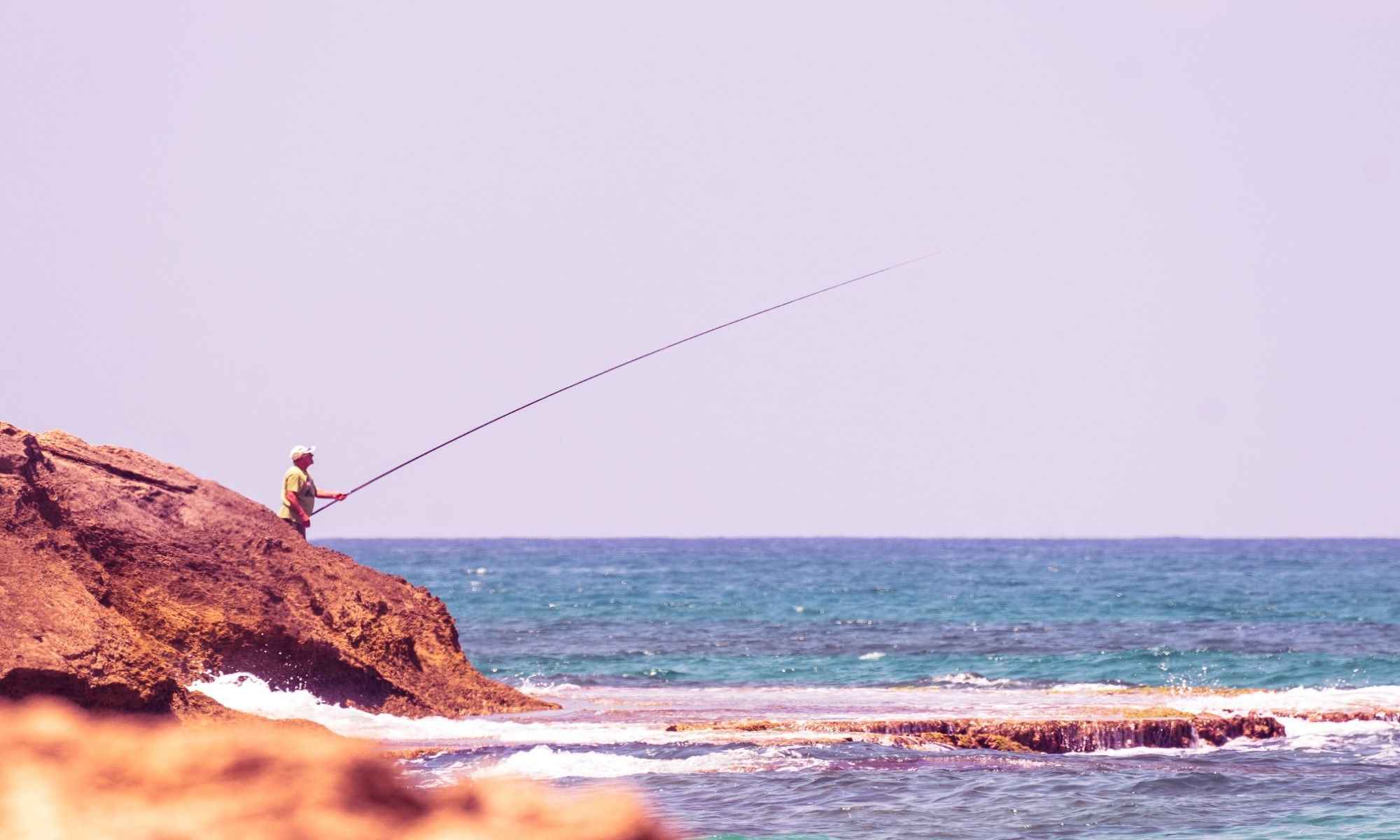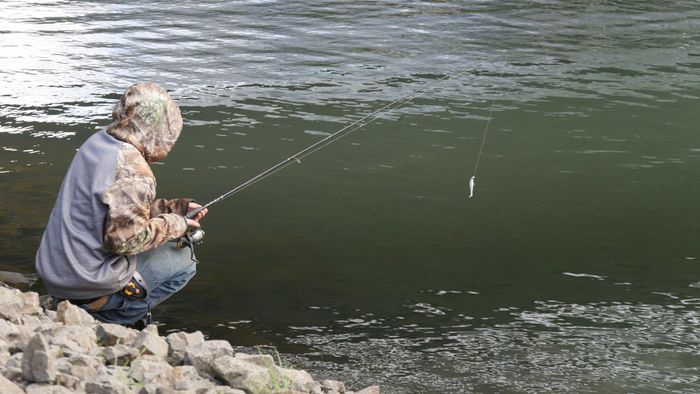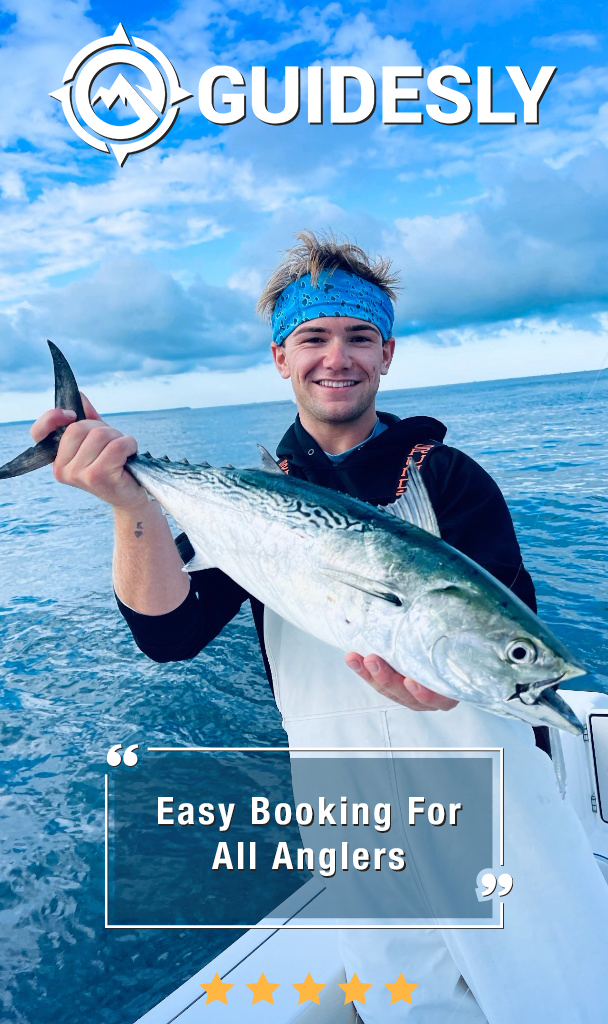Bank Fishing 101: Tips and Tricks to Successfully Catch Fish from the Banks
Bank fishing is exciting but requires skills and a few tricks to be successful at it. Here is a list of techniques you can follow.

Bank fishing or shoreline fishing exhibits one of the best things about fishing, that you don’t need much to experience the fun in the practice and even to enjoy its successes. Fishing from a bank can put an angler in reach of many fish. Some benefits of fishing from the bank instead of fishing offshore using vessels like boats, kayaks and more include the means to be stealthier and have access to areas that are hard to reach. Angling from the shore can also give you the chance to sneak up on fish that get startled and escape when they hear noise from the motors of some boats.
Bank fishing is normally done by using and casting baits or lures. The typical gear used in this practice are rods and reels, lures and baits. Anglers can also use nets, spears, traps, and just fishing lines by themselves.
Here are Tips and Tricks to Ensure a Productive and Successful Bank Fishing
1.Do Some Local Research
Looking up an area’s map online can inform you of a water body or area’s details that you can't know just by seeing it at ground level alone. By doing this you can find out about access points, drop-offs, humps, points, rock bars and much more. This can help you come up with an efficient and effective strategy before you venture out to go do some bank fishing at a certain area. Researching an area’s available fish species, forage, weather, and water conditions are also a big help.

2. Fish Far from the Edge and Cast According to Angles
Some fish’s habitat is oftentimes very close to the shore. It’s a good idea to stay several feet back from the water, especially if the bank is clear of hindrances or if the water is clear and shallow. It’s advised to cast a couple of times in the same spot before finding a new one to ensure you’ve covered enough ground. Making parallel casts gives anglers a good chance of scoring a catch.
3. Be on the Move But Be Stealthy
Staying in one spot for too long will not yield the results you want in having a productive fishing experience. Though you want to make sure an area you’ve been casting in lacks good action, you want to cover the entire place so you won’t miss out on any fish. As you always need to be on the move, don’t do so abruptly as fish can sense sudden vibrations underwater which can scare them off. Using quiet and finesse fishing techniques bode well for this type of angling.
4. Be Attentive of the Edges and the Surrounding Environment

Keeping an eye out for details such as the color of the water, the bottom’s pitch and make-up and whether the shoreline's slope or make-up changes can give you an idea of how to go about with your methods and inform you of how to better target the species you had in mind. Additionally, anglers should look for weeds, rocks, or other submerged cover and vegetation that at times act as a feeding or spawning ground for fish. Noting where the sunlight hits the water as well as the strength of the wind can also help you identify where fish gather as some like to be located in shaded and calmer areas.
5. Pack Light
It’s good to keep things minimal when going bank fishing as an angler is required to always be on the move. Only packing essential items will help avoid limiting your mobility as you move through the banks.
6. Wear Dark Clothes
Species that are popular to catch from the banks like bass have relatively good eyesight, this means if they see bright and bold colors they might be scared off before you even have the chance to cast your bait or lure. Dark colors can help an angler blend in with the natural surroundings and won’t tip off the fish.
7. Seasonality
Though bank fishing can be a year-round affair due to its ease and convenience, fall and spring are the best periods to go do it as these are the most common seasons when fish spawn or feed near the shores and in the shallows. It’s also best to fish during low light periods like early in the morning or evening as this is when fish are most likely to be more active.

8. Test with Topwater Lures
This type of lure is beneficial in bank fishing compared to others as you can fish in a nearshore area efficiently and prevent the chance of your cast being snagged when you reel in your catch.
9. Keep Coming Back
Sometimes it takes a couple of visits to get the hang of fishing at a bank in a certain area. After each fishing trip you learn something new that will help you at a later time when you come back to a spot, and before you know it you’re able to find success.
Popular Fish Species
Anglers fishing from the banks and shorelines commonly target the following species; largemouth bass, rainbow trout, bluegill, crappie, and catfish in freshwater as well as spotted sea trout, snook, croaker, bluefish, flounder, and striped bass in saltwater. These fish live in lakes, ponds, rivers, streams, as well as saltwater coastlines where one can even do some surf casting or fish from piers, docks and bridges. The fish like to gather near the bank or shore as that is where they tend to spawn and feed or just merely move through as those areas are usually cooler and are shaded.
As you get the hang of bank fishing, it can be a very relaxing as well as a rewarding experience. It presents anglers with a unique affair as they have the opportunity to catch a lot of fish, though requiring just a short amount of time, effort, equipment and even knowledge. More than anything, the most important thing is to have fun and learn from your experiences fishing from the banks.




